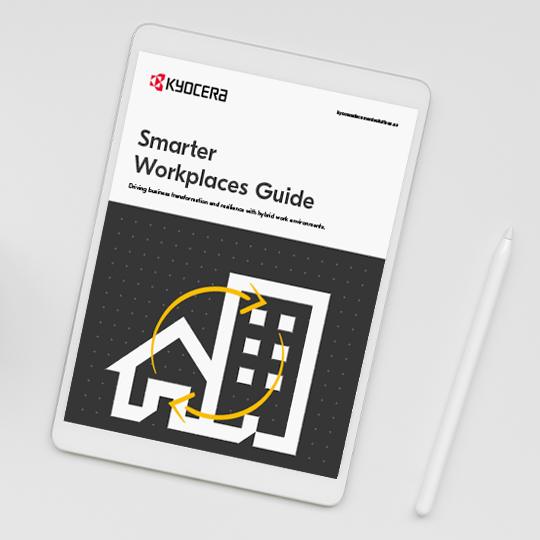
According to Deloitte, 77 percent of CEOs reported that their digital transformation plans were accelerated in 2020. Hybrid workplaces, remote working and digital-first strategies were pushed to the forefront as businesses were faced with the choice to adapt or fall behind.
However, while many businesses successfully kept operating during a year of unforeseen events, they must now implement digital transformation strategies that promote long-term growth and resilience through hybrid working models.
While this obviously includes implementing the right technologies and processes, the key to digital and hybrid success is to also bring your people along on the transformation journey.
People play a big part in the successful transformation of your business. One of the biggest challenges faced when trying to implement digital transformation is employee resistance. Employees want to understand why change needs to happen, be part of the journey, and ensure they experience the resulting benefits (such as increased work productivity, flexibility and efficiency). This is truer than ever during periods of rapid change and development, when workers may face increased stress and anxiety in the workplace.
So, how can you adjust your business environment and culture to deliver a successful digital transformation strategy? In this post we will outline the ways in which you can better align people, processes and technology to enable ongoing business growth and drive a successful hybrid work environment.
Communicate a clear vision
It all starts with a clear understanding of the overall company vision – for you and your employees - particularly with regards to how your digital transformation efforts will support your hybrid workforce.
The key to digital success is to bring your people along on the journey.
Easy and secure access to critical business information is probably the most important aspect of your digital transformation strategy and hybrid workplace. Employees need to have quick access to data, files, and other documents to effectively perform their daily tasks and collaborate with their colleagues.
An enterprise content management (ECM) solution is a worthwhile investment to achieve this goal, as it will allow you to share, utilize, and manage all of your organization’s data from multiple departments in a centralized location. Metadata can then help to cross-reference information and draw inferences that would otherwise have not been possible.
By using the right expertise and technology, these hybrid workplaces provide organizations with the resilience and scalability they need to thrive in a rapidly changing world.
Flexible working is the hallmark of hybrid workplaces. Employees must have the tools they need to always be connected to the business, with everything accessible via a laptop or mobile. As mentioned above, investing in a secure and stable cloud storage provider is a great place to start.
For added security, you can implement a virtual private network (VPN) for mobile workers to access the company network. That way, you can ensure that your critical business data is secure.
With a mix of onsite and remote workers plus people working across different time zones, it can be difficult to coordinate with a team or manage a project. Enhancing collaboration within teams by breaking down silos is a sure-fire way to boost productivity within your business.
Collaboration tools like Slack and Basecamp, or video conferencing tools like Microsoft Teams, encourage employees to communicate more regularly with each other, coordinate tasks and report on ongoing results. These tools can help you and your management team to monitor the progress and performance of projects and key objectives.
Once you’ve implemented these collaboration tools and established your hybrid working model, it will be a lot easier to align your people, processes and technology. This alignment should not only boost workplace productivity and efficiency but also build the environment that you need to adapt and succeed in the digital economy.
Create a productive hybrid work environment that is secure and resilient.
